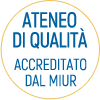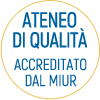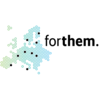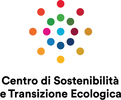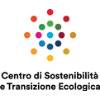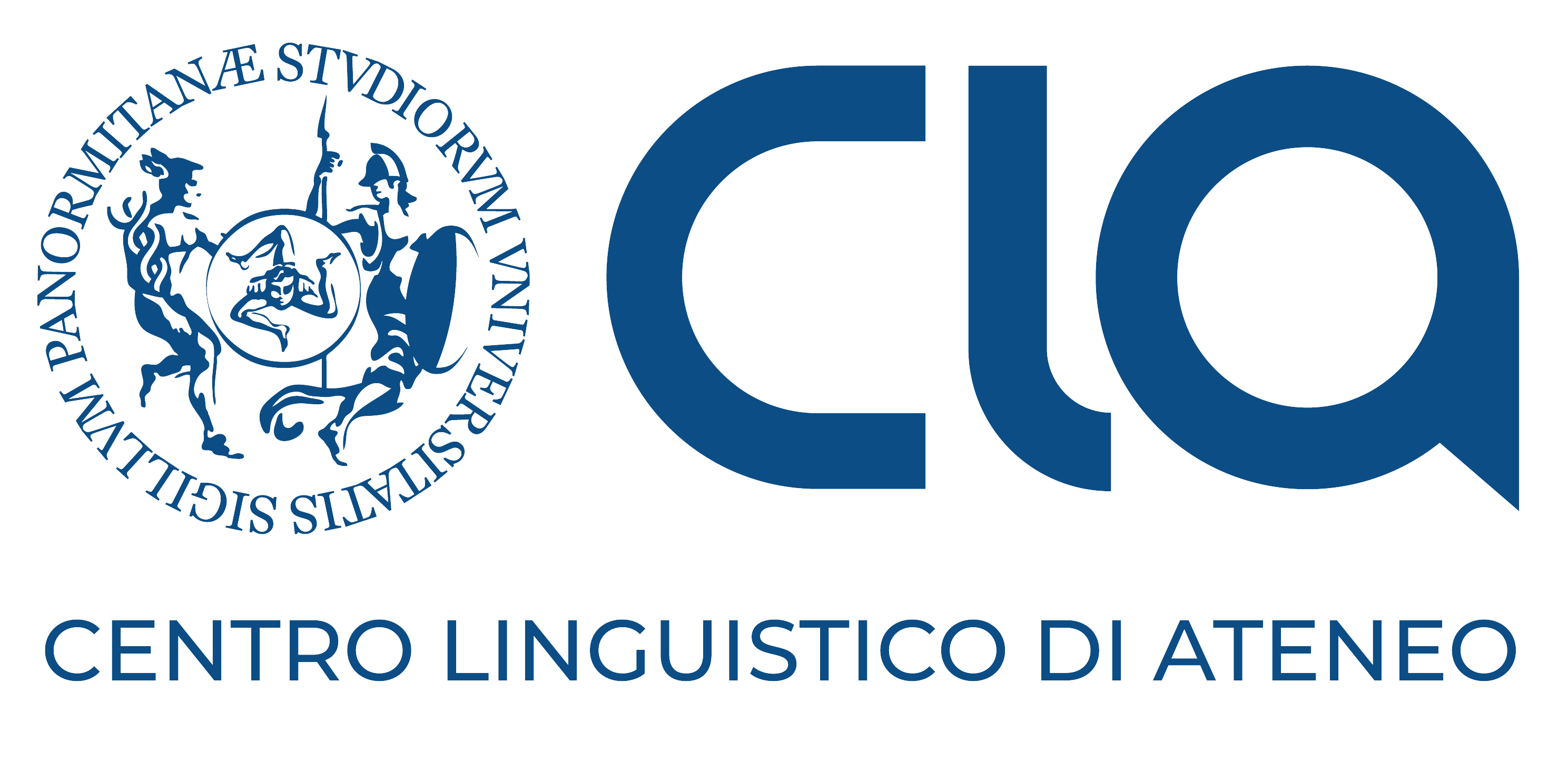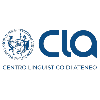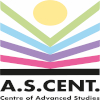Tematiche di ricerca
In questa pagina viene presentata una lista non esaustiva di alcune possibili tematiche di ricerca del Dottorato Internazionale in Information and Communication Technologies. Poichè il percorso di Dottorato è Internazionale, i temi di ricerca sono descritti in lingua inglese.
ICT for smart communities: research themes
Wireless software defined networks
The concept of software defined networks has attracted many research interests in the last years, due to the possibility to work on vendor-independent abstractions and configuration interfaces of network nodes, and centralized views of the network which simplify network configuration. The application of these principle to wireless networks is still not consolidated, because of different technical problems: i) radio nodes cannot be considered as simple forwarding elements, being the concept of wireless links and network topology different from the wired case and affected by interference and mobility; ii) radio control networks, for infrastructure-less sensor or ad-hoc networks are not reliable and require to deal with innovative forms of control models and information aggregation. Therefore, it is interesting to investigate on radio programming models, network-level abstractions, context-aware intelligence, centralized/distributed tradeoffs for resource allocations, etc.
Centralized Radio Access Network (RAN)/Cloud RAN
5G networks will feature enhanced intelligence (e.g. multi-cell coordination) and flexibility. Some advanced functionalities are already deployed in 4G networks (LTE-A), as the use of larger frequency bands and cell densification, but future 5G networks are expected to ultimately boost Radio-Access-Network (RAN) performance using centralized coordination, as in CoMP (Coordinated Multi-Point). Centralized coordination will be enabled by the new paradigm of Centralized RAN (C-RAN), which requires to face several technical aspects, according to the mid-haul/backhaul network capacity, among which: i) optimized design of 5G access/aggregation networks; ii) optimized functional mappings between base station controllers (BBU) and radio transceivers (RRH); iii) inter-technology coordination of heterogeneous access network
Emerging Wireless Technologies
Towards the 5G era, new technologies have been designed for dealing with a better use of scarce spectrum resources and energy, according to the specific application and traffic scenarios. Among these technologies, sub-GHz networks for low-energy long distance links, mmwave networks with programmable antennas for high-bandwidth links, full-duplex radio, agile radio, and so on, are proposing specific advances on the physical layer capabilities, that are often not fully exploited by the higher layers protocols and especially by the MAC protocols.
Internet of things
Connected smart objects have invaded our everyday life across multiple domains, e.g. home with automation solutions, assisted living with sensors and wearables to monitor personal activities, smart transportation and environmental monitoring. IoT is evolving around a plethora of vertically isolated platforms, each specifically suited to given scenarios and often adopting non-standard, sometimes fully proprietary, protocols to control the variety of sensors, actuators and communication elements. Important research aspects include: unified and secure access to physical and virtualized IoT resources; hierarchical and orchestrated discovery and control across multiple IoT platforms; federation of IoT controllers and resources for cooperative sensing/actuation tasks; seamless roaming of smart objects across smart spaces.
Advanced bio-electromagnetic numerical modelling and ICT for human brain research
The research aims to contribute to the identification and definition of advanced methodological approaches in order to obtain, in a non-invasive way, a considerable improvement of the information about the human brain activity. This information is essential for understanding both the working mechanisms related to the structure of the brain and the nature of many diseases. Competences from different fields (applied mathematics, engineering, physics and medicine) are required to develop innovative methodologies for a new generation of fully non-invasive brain activity investigation systems based on magnetoencephalography (MEG) and electroencephalography (EEG). Possible objectives are to implement innovative meshfree numerical approaches that outperforms the current state-of-the-art M/EEG solvers based on boundary element method (BEM), improving their performance and the neuroimaging research field. Additional objective could be to set up an inexpensive, new, wireless, digital platform with an improved signal-to-noise ratio (SNR).
Unmanned Aerial Vehicles/ Unmanned Ground Vehicles cooperation for object manipulation
Unmanned Aerial Vehicles (UAVs), used in combination with Unmanned Ground Vehicles (UGVs), as aerial manipulator systems have recently drawn the attention of several researchers around the world. Early experiments conducted in controlled lab environments have demonstrated the transportation (control of the position) and manipulation (control of the position and orientation) of objects through UAVs. Most of the works on this subject concern the transportation of objects through single, including grasping, hovering capture, load stability. For what it concerns the manipulation of objects through multiple UAVs only preliminary results have been achieved. This research aims at studying and designing robust and adaptive control strategies, taking into account of the system model uncertainties and actuator saturation.
ICT for smart cities based on connection of information, resources and cycles for a new intelligent urban metabolism
City is the place in which resources from the countryside (with low-level carbon emission and high capacity of carbon capture) are transformed in resources with high level of value-added information.In the city, we can see a community life that builds fruitful relationships, generates fertile synapses, by producing new economies and by accelerating innovation. So, if social, technological, cultural innovation is a fertile connection of elements, and urbanism needs to be an effective connection enabler, then this research topic works about the concept of human smart city as system of places and services, data and information, local and global economic resources, social sensors and actuators, in a permanent human and urban metabolism, based on circadian rhythm of cities and citizens. In this research topic, we intend to study the boundary line among smart city hi-technology, urban policies and planning and social cohesion, in order to define the singularity of a new possible generation of human smart cities. We also plan to create friendly platforms based on dashboards, apps and other digital tools for the improvement of social relationships among citizens, events participation, learning and education.
BIG DATA FOR SMART URBANISM and healthcare
In the past decades a data explosion has occurred causing the new phenomena of "big data", that is, the generation of enormous, varied, dynamic, and interconnected datasets coming from different contexts.Cities and citizens play a key role in the production of such data, that can be used themselves to re-imagine and regulate the urban life, by transforming the knowledge and governance of cities in order to provide much more sophisticated, wider-scale, finer-grained, real-time understanding and control of urbanity. Suitable data modelling, organization and management are needed to this aim, and the usage of advanced technologies is required as well. In this scenario, frameworks such as Apache Hadoop and Spark, NoSQL databases and Data Warehousing, became the standard de facto in order to guarantee efficiency and to allow the processing of huge amounts of data. On the other hand, data compression plays a fundamental role, since for many applications data need to be processed in real time. We intend to design efficient algorithms and novel methodologies for the analysis of big data in the context of smart urbanism and healthcare, including the management of complex networks and large sets of sequences, the proposal of advanced techniques for data integration and the performance evaluation of existing/novel algorithms when they are implemented by using big data technologies.
Building as ELEMent of the smart city/smart grid networks
Research themes related to smart cities are various and, apparently, disconnected among themselves. Specifically referring to the ambits of the energy and environmental performance/efficiency, the main themes to be approached are the following: the links between buildings and mobility/transportation in urban contexts, the public lighting (visual comfort and safety), ICT for energy and environmental monitoring and management as well as the methodologies for optimizing smart energy planning or smart retrofitting of urban areas. Anyway, the focus point for forwarding to a smart city is indisputably represented by the building, considered as a key element of the smart city/smart grid networks. In this context, the ICT for buildings (monitoring, management and optimization of energy and environmental performances) and the new components for buildings (including new materials) are certainly relevant research themes.
ROBOT consciousness
The primary objective of the research field is aimed at creating a new generation of conscious robots with powerful perceptual and cognitive skills, able to learn by interacting with people and with the external environment and driven by motivations and emotions. The main research areas consist in: robot models of consciousness inspired from Neuroscience and Cognitive Science; robot models of emotions and motivations; perception and actuator systems for conscious robots; evaluation of trust in conscious robots in everyday life; formal methodologies for conscious robots software; assessments methods of conscious robots.
KET for smart communities: research themes
QUANTUM RESOURCES OF COMPOSITE OPEN SYSTEMS FOR APPLICATIONS IN QUANTUM INFORMATION
Quantum coherence, entanglement, non-locality are different types of quantum features of systems at microscopic scale which are basic resources for the upcoming disruptive quantum information technologies. The latter, including quantum communication architectures and quantum computers, are expected to significantly improve the everyday lives of ordinary people around the world. The complete knowledge and control of the quantum resources present in many-particle systems is thus a fundamental requirement towards this achievement. A reliable use of quantum-enabled devices must also overcome the big issue of the detrimental effects induced by the surrounding environment which destroy the desired quantum properties. This research topic aims at devising strategies for the generation, characterization and observation of quantum coherence and correlations, such as entanglement, in different scenarios, like cavity and circuit quantum electrodynamics, quantum optics, solid state and condensed matter. Moreover, we intend to investigate the dynamics of these quantum features to stimulate proposals for their efficient preservation against the environment-induced decay. Special attention will be devoted to systems of identical particles (e.g., photons, electrons, atoms), whose faithful description has remained long debated, for which we have developed a new non-standard approach which is expected to provide novel results regarding the utilization of entanglement due to quantum indistinguishability.
Terahertz quantum cryptography
Quantum cryptography is the science of exploiting quantum mechanical properties to perform cryptographic tasks. The best known example of quantum cryptography is quantum key distribution which offers an information-theoretically secure solution to the key exchange problem. This research topic intend to combine two actuals “hot topics” namely terahertz (THz) technology and quantum photonics, with the ambitious goal of extending the concept of quantum cryptography (actually mostly applied to standard telecommunication wavelengths) to the THz region. In this case we intend to realize for the first time continuous-variable quantum cryptography protocols suitable for secure high-speed THz wireless communications.
Optical source for the generation of quantum cluster states
Complex quantum states (more specifically a special kind of multipartite entangled quantum states – so-called cluster states) form the basis for the measurement-based model for quantum computation and for the related topological approach to quantum error correction. These cluster states are composed of more than two quantum bits, hereinafter referred to as qubits, where at least one of the qubits is entangled with more than one of the other qubits. The measurement-based quantum computation model implements algorithms using these cluster states, by means of just single-qubit measurements. If the qubits are implemented using quantum optics, i.e. electromagnetic radiation or photons, they are referred to as "optical cluster states". In this research topic, we intend to realize non-classical optical sources for the generation of multi-correlated and multi-entangled quantum optical cluster states in third-order nonlinear resonant structures.
Novel Nanoplasmonic Devices for Spectroscopy and Nonlinear Optics
The research deals with the development of novel nanoplasmonic concepts and devices. In particular, we intend to shed some light on the use of nanostructures for assisting (i) direct-absorption spectroscopy (with a special interest for the mid-infrared and terahertz spectral regions) and (ii) nonlinear optics. We envision applications in sensors with increased sensitivity and nanophotonic devices for information processing, capable of routing, shaping, frequency-converting pulses and delivering them to the nanoscale. The successful candidate will investigate new schemes and design novel nanophotonic tools, making use of numerical simulations. Furthermore, he/she will characterize the spectroscopic response of these kinds of devices, by means of frequency- and time-resolved optical techniques.
Development of biodegradable microfluidic chips from Poly-lactic acid for clinical point-of-care applications
The advent of disposable medical consumable items, which offers the safety of zero-contamination possibility, without the need for disinfection, has participated in the recent increase of medical plastic waste. With the development of personalized medicine technologies, namely new point-of care diagnostic tests made of disposable polymeric plastic cartridges, the volume of plastic waste is going to increase dramatically. To address this issue, the candidate will explore the manufacturing of disposable microfluidic chips for clinical point-of-care applications using environmentally-friendly polymeric mixtures with minimal pollutant release during combustion.
Control Strategies for Nonlinear Systems subject to Constraints
Controlling real plants not only involves asymptotic stability requirements, but also that controlled plants satisfy a set of constraints at all times during their motion. Several schemes have been proposed in the literature to deal with such an issue, mainly consisting in Model Predictive Control (MPC) architectures. Alternative, less performing than MPC solutions, but much more attractive for practitioners willing to preserve existing controllers and/or to limit issues related with computational effort, should be devised. This research aims at defining and developing contro schemes for reference/command governors allowing existing control systems to be preserved, while ensuring that constraints are satisfied.
Advanced light management for high efficiency solar cells
Recent advances in nanophotonics provide tools to manipulate the flow of light in solar cells. Light trapping allows us to use thinner cells, thereby reducing defect recombination and improving carrier collection, short circuit current and open circuit voltage. The candidate will implement an optical design for a tandem device. The main requirements for this design are: 1) Front-side light in-coupling and transparent electrodes for the top cell. 2) Intermediate wavelength-selective mirror with Lambertian reflection of visible light into the top cell and a sharp reflection cut-off for long-wavelength photons at the band edge of the top cell. 3) Front-side in-coupling and backreflector for the bottom cell, optimized for infrared light. The design will be led by extensive optical and electrical modelling and the results will guide the experimental realization of the photonic structures in the solar cells developed.
GROWTH of MATERIALS FOR OPTOELECTRONIC APPLICATIONS
In recent years, the possibility to grow high quality wide bandgap materials has gained particular importance in the technological research scenario. In particular, gallium nitride (GaN) and its alloys enjoy special optoelectronic properties and excellent thermal and chemical stability. The capacity of GaN, especially when it is p-doped, to integrate with materials with similar characteristics or with other binary compounds (nitrides) has opened an important window for the realization of electronic and optoelectronic devices of great interest, such as high brightness LEDs, LASER diodes, UV detectors, gas sensors, heterostructure devices for both high power and high frequency applications.
The research activity of the PhD students who will undertake this topic will be directed towards growth and characterization of nanostructured ZnO onto GaN or other substrates, making use not only of PLD, but also of other deposition techniques such as hydrothermal growth, and focusing on the development of ordered structures. It is expected that the doctoral students who have chosen the proposed activity will achieve specific and in-depth skills in the field of materials photoablation, optical, morphological, electrical and spectroscopic analysis of nanostructures, as well as in the design and fabrication of electroluminescent devices. This is, nowadays, an area of optoelectronics of particular interest for both electronics and optoelectronics industry, and research institutions whose objective is to develop processes of industrial interest.
MATERIALS AND DEVICES WITH MEMRISTIVE PROPERTIES
Memristor is a simple two terminal device which, if proper excited by electric fields, shows a reversible and repeatable resistive switching. The ability to retain the induced resistance values indefinitely in time allows memristors to be employed as non-volatile, single or multilevel, memory element characterized by low power dissipation, long data retention time and high-speed operation. On the other hand, the capability of memristors to show an analog-like gradual transition between different resistance levels when excited by voltage pulses, can be exploited for realizing neuromorphic logic elements to emulate the plasticity of biological synapses, opening the way to the realization of neuromorphic networks with parallel processing and machine learning capabilities.
The proposed research activity ranges from the study of the materials employed for the fabrication of such a devices to the relevant applications either as memory or neuromorphic elements. The doctoral students involved in this research topic will therefore take all the steps necessary for the fabrication and the characterization of memristors: from the growth and the characterization of materials (typically oxides and metals) to the definition of device geometries and architectures (e.g. crossbar arrays) using micro and nanotechnologies, to electric characterization. Appropriate theoretical models will be also used to understand the working mechanism of the devices.




